How to keep your house warm and protected with Knauf insulation
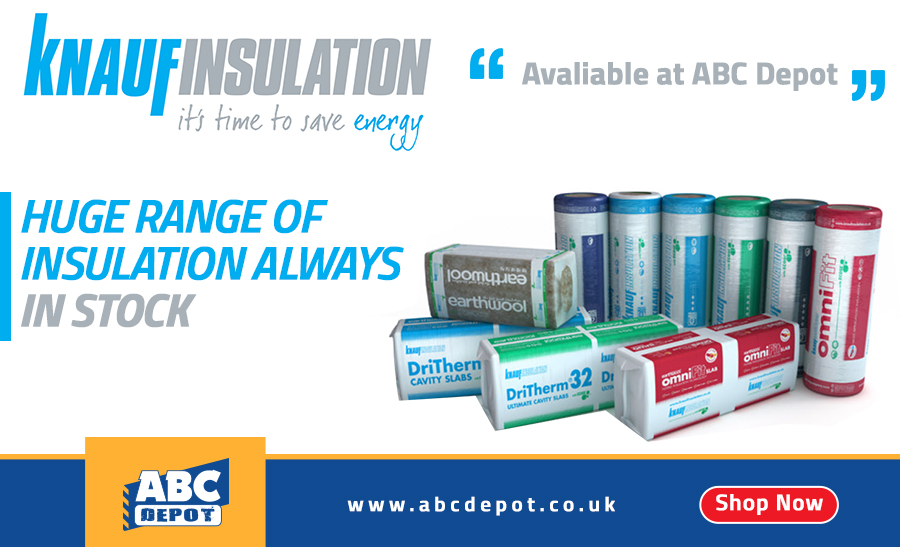
With 40 years of experience in the Insulation Industry, Knauf Insulation is the best choice when it comes to performance.
Types of insulation:
Our high-performance Glass Mineral Wool insulation solutions contain up to 80% high quality recycled materials, to which is added sand, limestone and soda ash before being melted in a furnace. The molten glass is spun to form millions of fine strands of wool. We use our proprietary and revolutionary bio-based binder, ECOSE® Technology, to bind the mineral wool together to form a mat of material which is then cured in order to form the final product.
The density of the product determines whether the insulation is a lightweight quilt supplied in rolls, a flexible slab or a rigid slab, and its thermal insulation value.
The high performance Blowing Wool is an un-bonded, virgin fibrous glass blowing insulation, which is produced in the same way as the Glass Mineral Wool, however, it is produced as a loose-fill product to be blown into cavity walls, partitions, timber frame walls and ceilings.
Knauf Rock Mineral Wool insulation solutions are mainly made from volcanic rock, typically basalt and/or dolomite. An increasing proportion is now recycled material from slag, a waste product from blast furnaces. The raw materials are melted and then spun into fine strands of wool. A binder is used to bind the wool together to form a mat of insulation, which is then cut into slabs or wired mattresses. Most of our Rock Mineral Wool products use our ECOSE® Technology.
BENEFITS OF KNAUF INSULATION PRODUCTS
FIRE SAFETY-The fire performance of the insulation gives it its ability to provide passive fire protection.
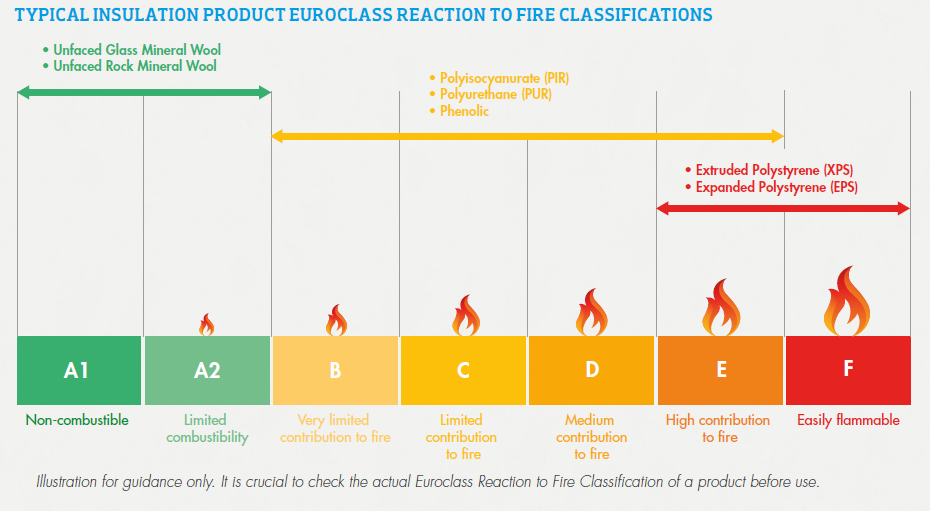
The measurement of how a material or system will contribute to the fire development and spread, particularly in the very early stages of a fire when evacuation is crucial.
All insulation materials are given a Euroclass Reaction to Fire Classification in accordance with BS EN 13501: Fire Classification of construction products and building elements, helping specifiers to understand how much ‘fuel’ will be added to the building as well as how a material will contribute to the development stages of a fire.
The vast majority of our products are non-combustible and achieve the highest possible Euroclass A1 Reaction to Fire Classification rating. Using non-combustible materials minimizes the risk that the building fabric will contribute to the development of the fire or contribute to fire spread.
Fire protection classifications are normally reported in terms of a period of fire resistance. These classifications relate to what is known as integrity (E), thermal insulation (I), and load-bearing capacity (R) of building elements.
Simply, this means how elements — either in combination or individually — stop a fire spreading, how they restrict temperature rise and how the elements’ load-bearing capacity is maintained.
A range of our solutions have been tested for use in a variety of fire-resistant applications, providing fire resistance periods ranging from 30 to 240 minutes to assist the design of safe buildings.
The energy-saving properties and thermal performance of insulation keep buildings warm in winter and cool in summer.
The bigger the temperature difference between the inside and outside of a building, the faster the building will lose heat in winter and gain heat in summer.
Our mineral wool insulation solutions help maintain a stable inside temperature by slowing heat transfer by convection, conduction and radiation.
By insulating a property properly, energy can be saved either from the heating system when heating a cold building, or from the air conditioning system when cooling a warm building.
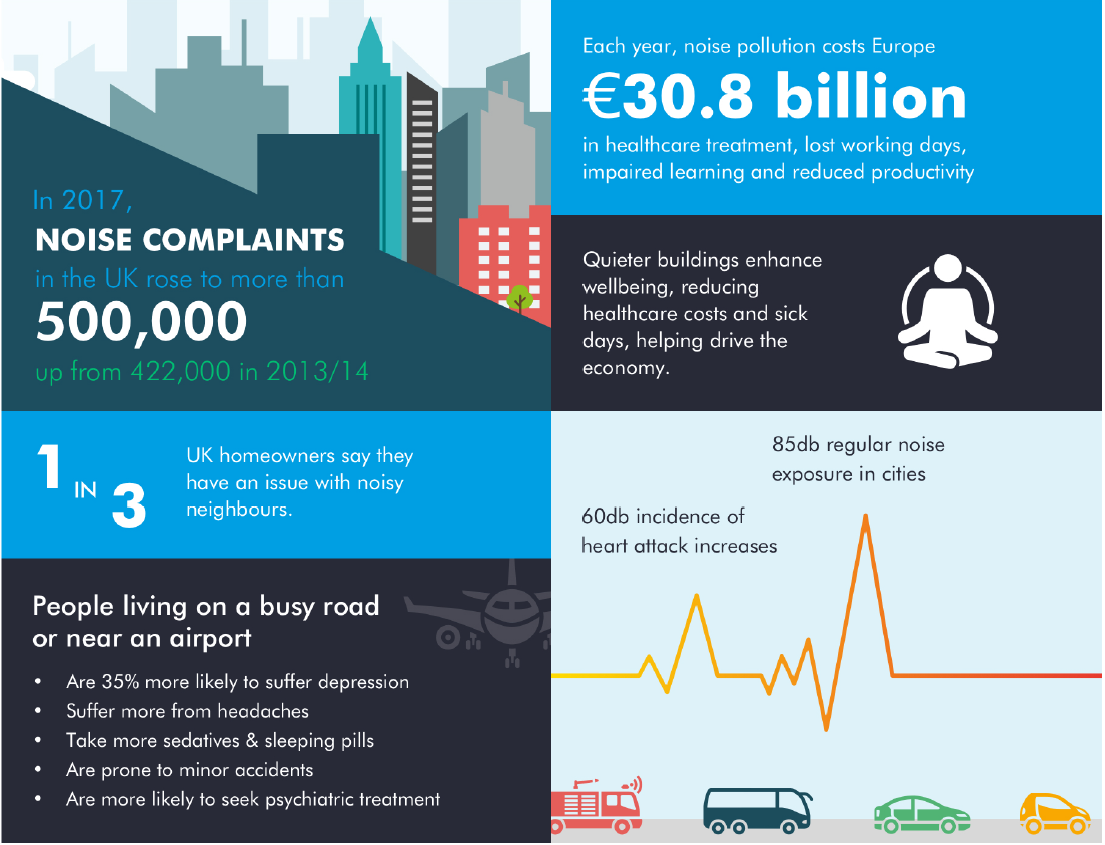
The acoustic performance of insulation can help create an improved internal environment for building occupants.
Protection from noise contributes towards the ‘quality of life’ afforded by dwellings, and a healthy, productive and attractive environment in offices, hospitals, schools and other non-domestic buildings.
Our mineral wool insulation solutions provide high levels of sound absorption and noise reduction, in new build or within existing buildings through retrofit, to provide improved sound insulation and acoustic comfort.
Insulation can help create dry, comfortable indoor environments and buildings and have a major impact on the health and wellbeing of their users.
By preventing air leaks, uncontrolled condensation and possible mold spores, mildew or microbial organic compounds, a well-insulated, airtight building envelope also contributes to the health of a building — particularly if combined with efficient installation of the solutions and a controlled ventilation system.
Our mineral wool insulation solutions provide all of the above benefits, but more importantly, thanks to our ECOSE® Technology, they contribute to high levels of indoor air quality and were the world’s first products to be awarded the Eurofins Gold Certificate for Indoor Air Comfort.


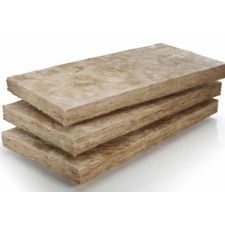
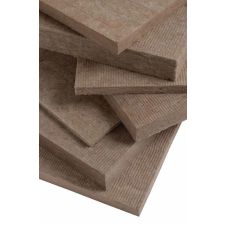
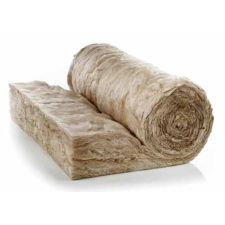
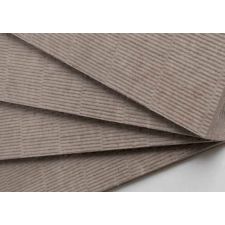
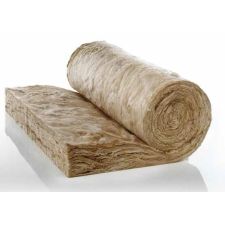
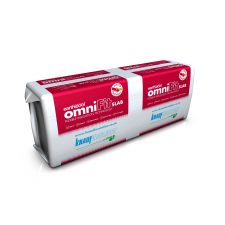
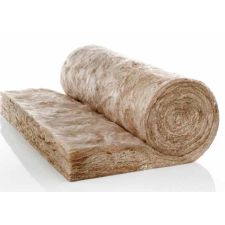










Comments